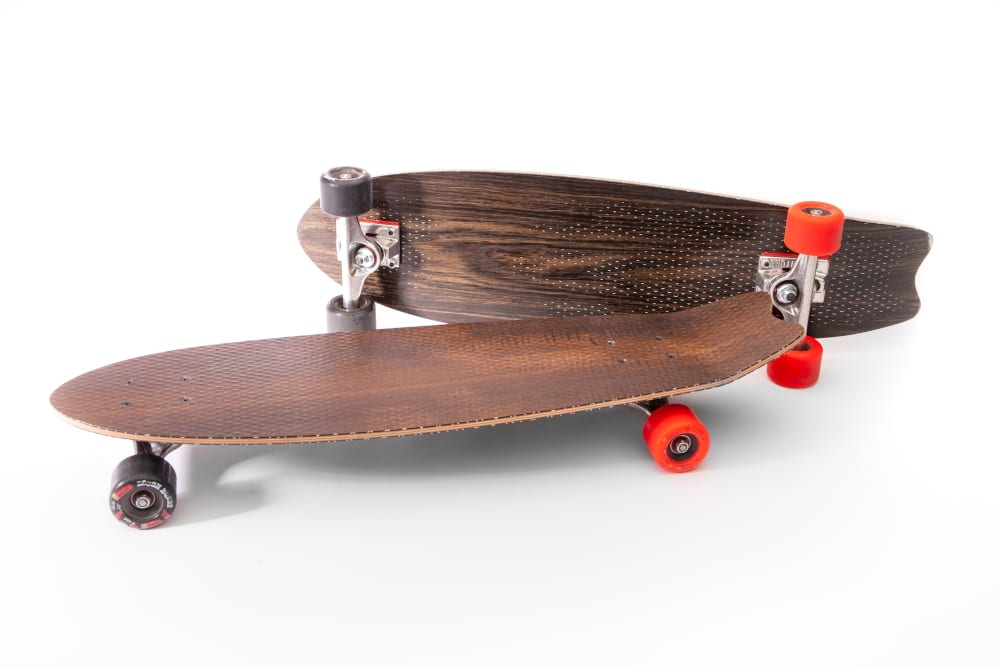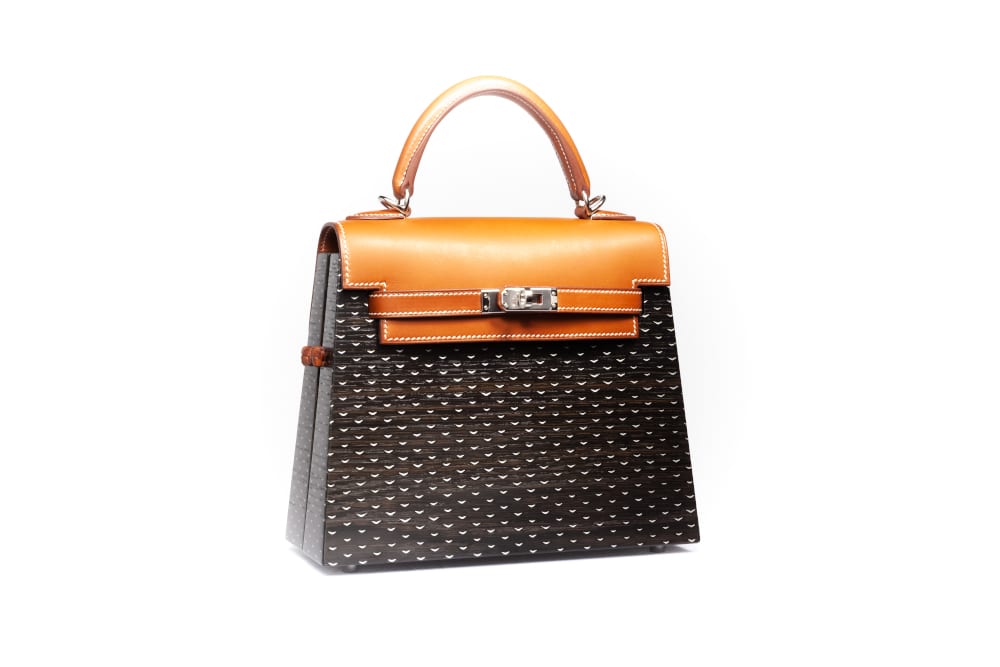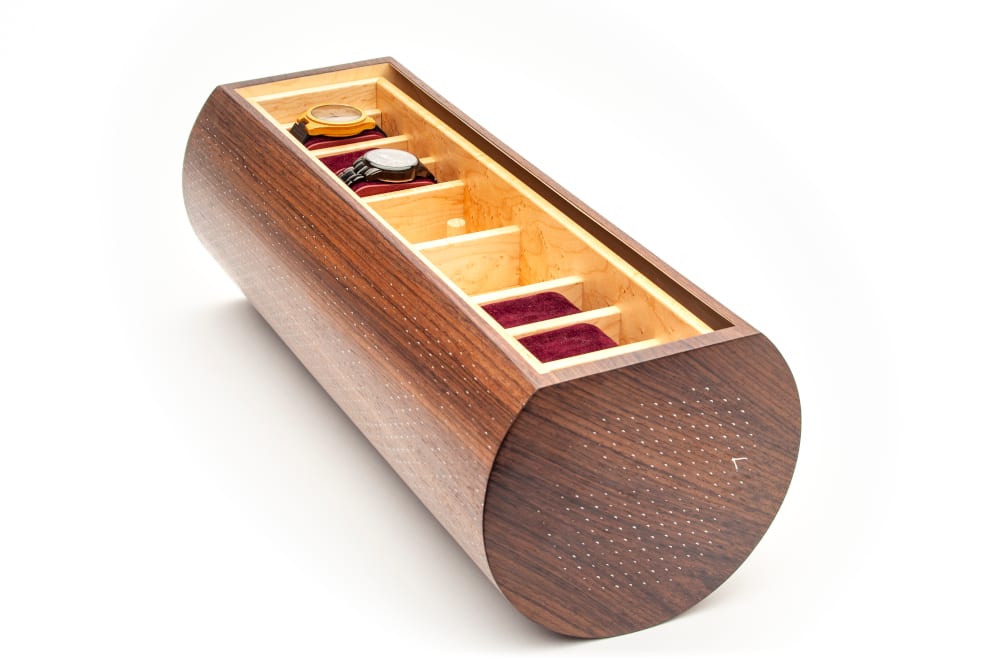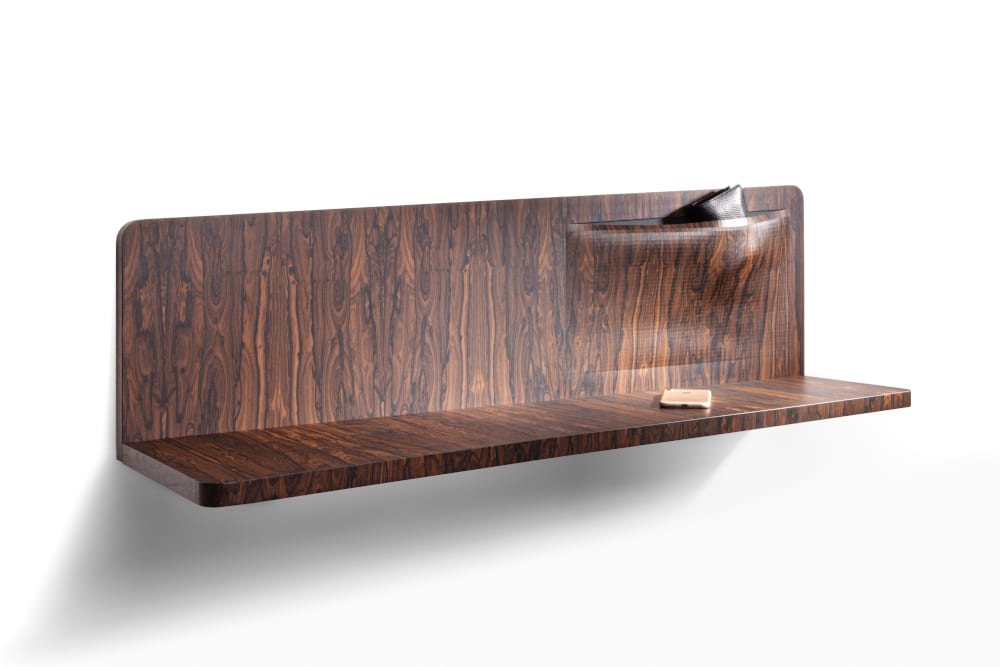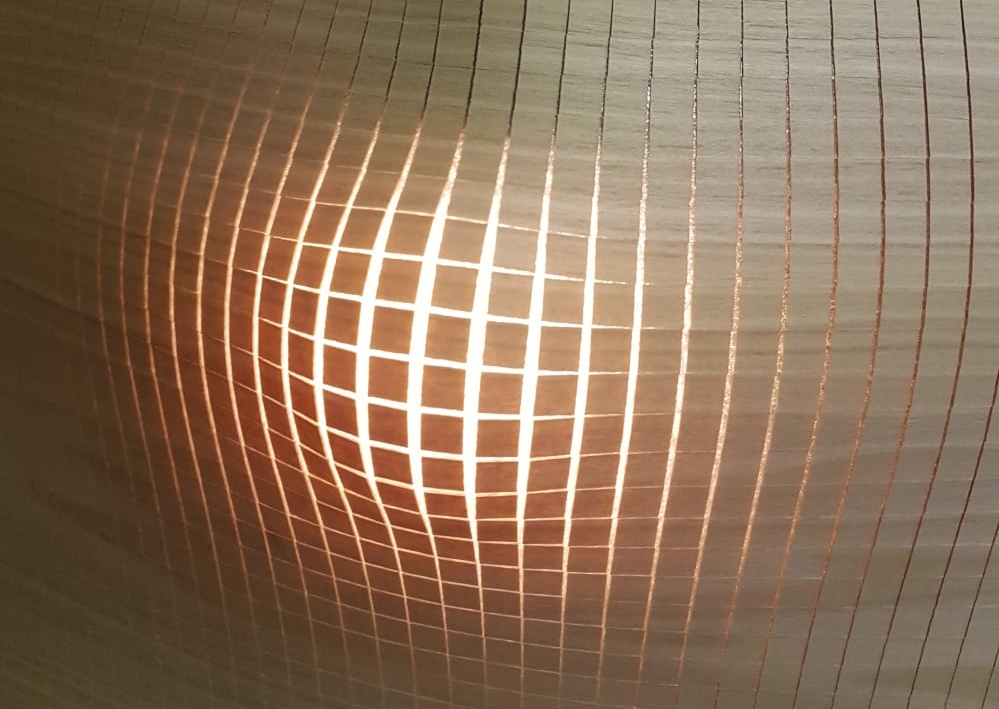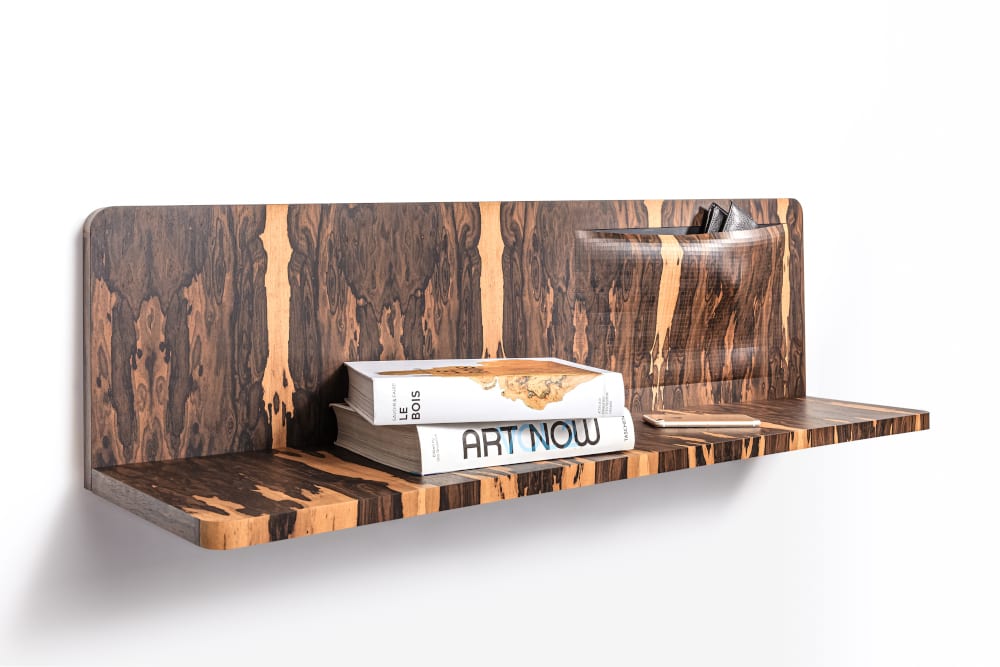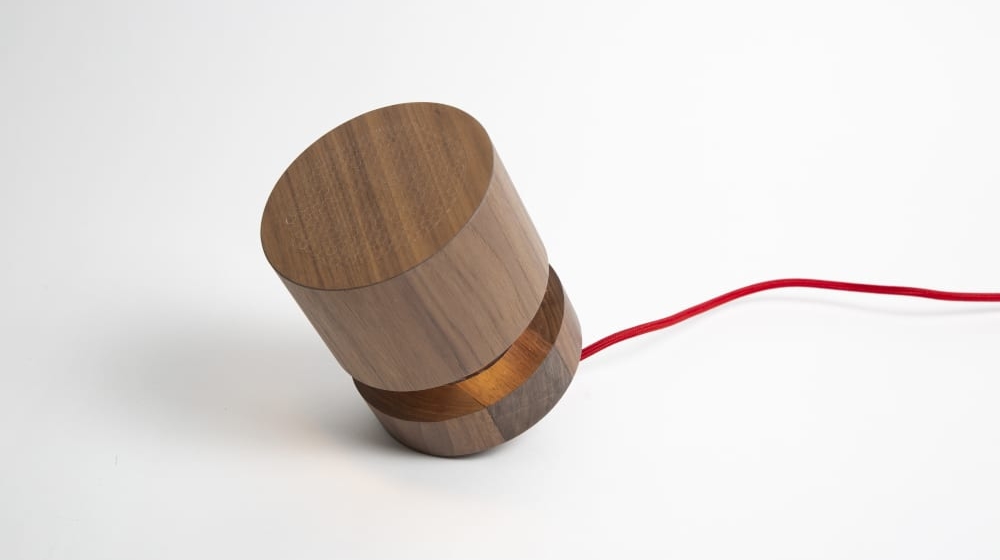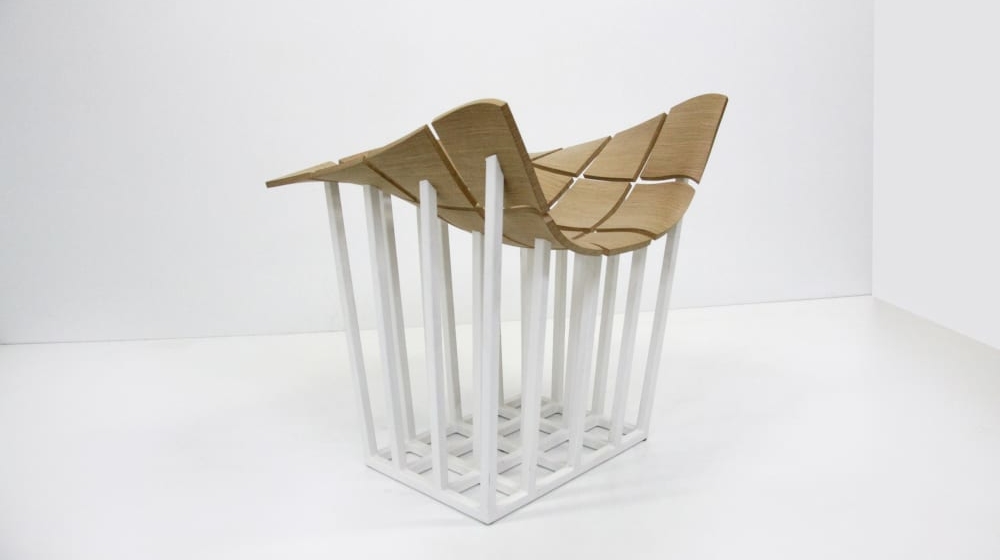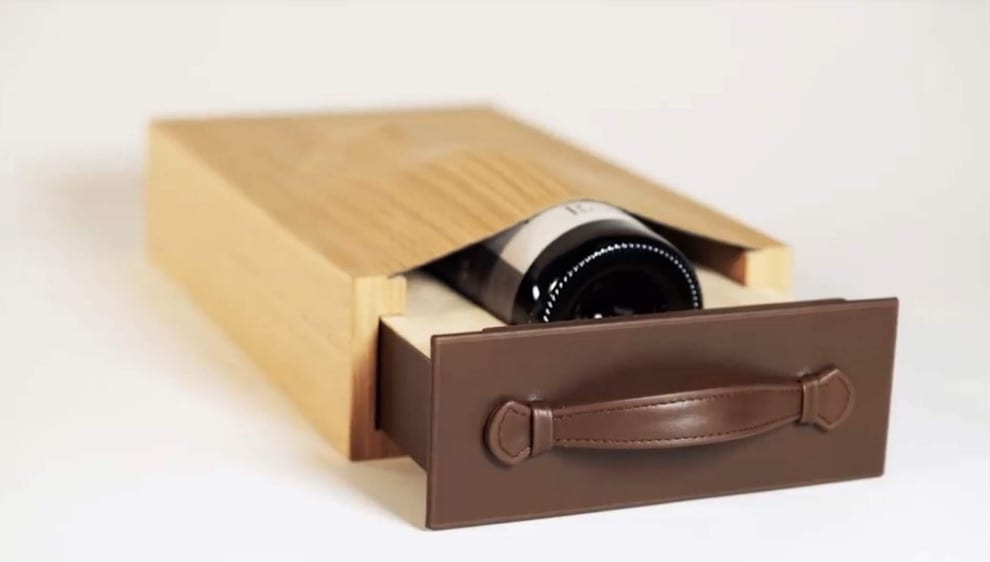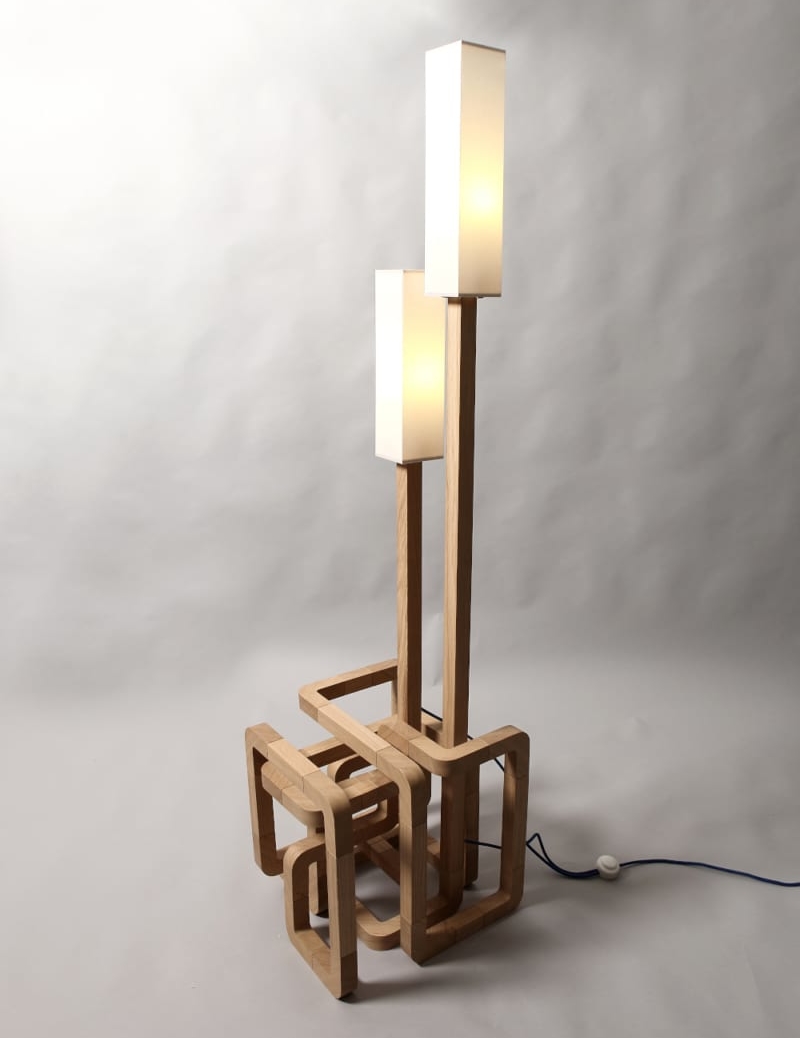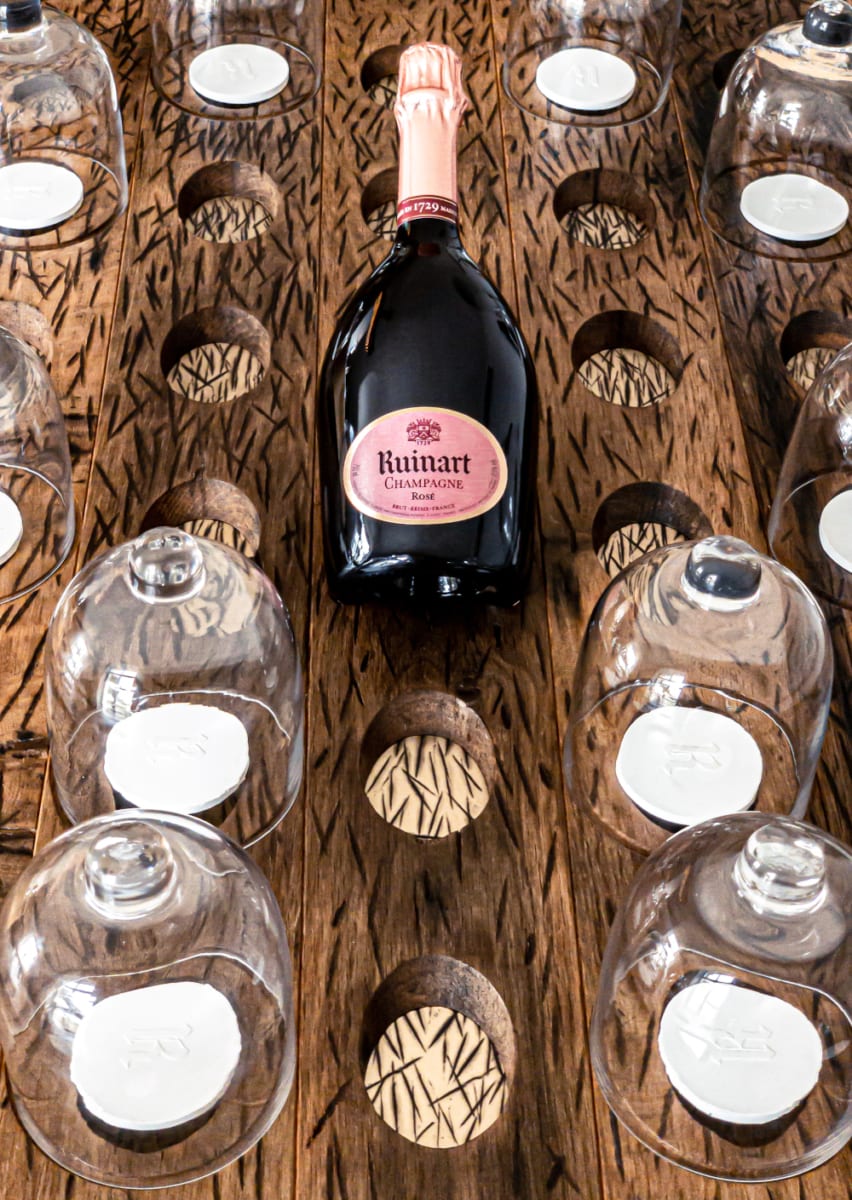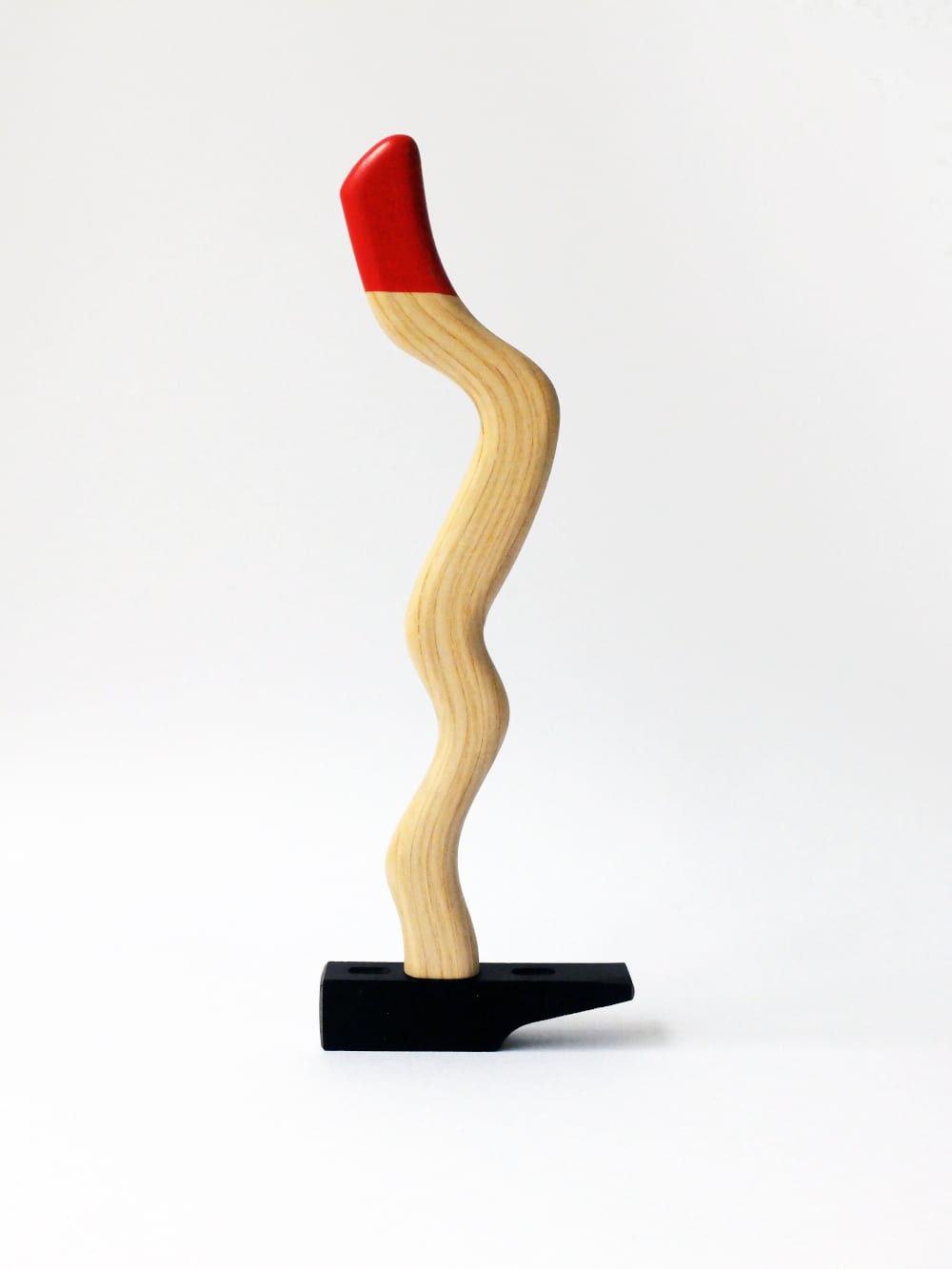Arca, the contemporary cabinetmaking
Having graduated from the prestigious Ecole Boulle *, Steven Leprizé founded Arca – the “Furnishing Research and Creation Workshop” – and obtained numerous prestigious awards for the quality and originality of his work (Bettencourt, Ernst & Young Foundation, city of Paris…).
Being a part of the great French tradition of cabinetmaking, he shares with us his passion for technical innovation and his contemporary outlook. He likes to divert traditional techniques by making the wood malleable and airy or by making original associations of materials.
?
Arca’s creations have multiple applications: cabinetmaking, interior architecture, layout, events, advertising, sculpture… for clients from various backgrounds: architecture, design, automotive, fashion…
Arca works for French luxury houses. For Hermès, Arca has developed furniture, leisure accessories and recently a revolutionary Kelly bag – the “Kelly Wood” in wood and metal.
Arca collaborates with designers such as Noé Duchaufour Lawrance for the creation of objects and also offers its own line of furniture and decorative elements.
The workshop also works for interior architects. Designed by customers or by Arca, the projects are carried out in the Parisian workshop with optimized monitoring from manufacturing to final installation. An integrated design studio helps anticipate and resolve aesthetic and technical issues.
* The “Ecole Boulle” is a historic school founded in 1886 which bears the name of the cabinetmaker of King Louis XIV and teaches crafts in their most traditional form. The 13 professions taught are enriched today by a contemporary approach.
The workshop uses exceptional wood species such as marsh oak (aged wood that has turned black because it is 2000 years old). The techniques used are numerous and constantly evolving: bending, inflation, molding, veneer, marquetry, lacquer …
Arca specializes in innovation and develops new materials arising from experiments and research, sometimes in collaboration with scientists.
Larmé wood (“teardrop”) :
The technique involves placing a metal grid under the wood, then sanding the surface to make the metal reappear, creating patterns that can be regular or more erratic, depending on the aesthetic desire. It is possible to combine different types of wood and finishes or shapes of metal: Macassar Ebony & brass or US Walnut & Aluminum or Smoked Oak & Copper.
“Culbuto” box, “Dundee” skate, “Kelly Wood” bag
Celsius wood:
Mixed with plastic, the wood becomes malleable thanks to the heat and bends easily.
Giant ceiling sculpture in Grenada Islands created by the AW2 design
Airwood:
The inflatable wood took 10 years to develop. These are panels which, under the effect of a pump, breathe and reveal a pattern engraved on the wood. This invention finds applications, in particular in the fields of lighting, logos or signage.
Citroën logo
Woowood:
This technique allows wood to be deformed with objects placed in slots. The object then hugs its container and becomes almost visible through matter.
“Squama” sideboard, “Target” wall board
